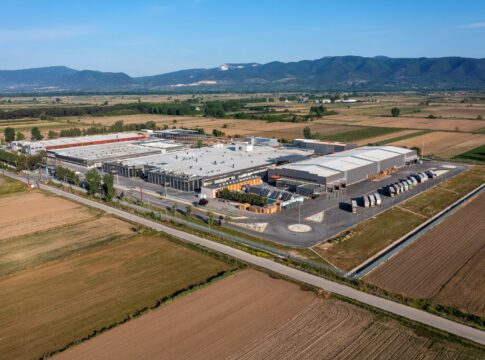The Greek manufacturing sector remained in growth territory in November, but it slowed compared to October, following a marginal increase in output and a further decline in employment, according to the latest PMI® survey data from S&P Global.
The slowdown occurred despite a renewed increase in new orders, due to stronger demand from abroad. Input purchases and inventory levels also increased, as finished goods inventories rose at the fastest pace since October 2008. However, the increase was partly linked to further expected increases in input prices and inventory building, following lower-than-expected new sales.
At the same time, input cost growth accelerated due to higher material prices. Despite relatively soft demand conditions, companies passed on the increased costs through a stronger increase in selling prices. The seasonally adjusted S&P Global Purchasing Managers’ Index™ (PMI) for the Greek manufacturing sector fell slightly to 50.9 in November from 51.2 in October. The growth rate was the second slowest in a year, but stronger than the long-term survey average.
The recovery in operating conditions was supported by a further increase in new orders in November. Greek manufacturers recorded a marginal increase in new sales, following the acquisition of new customers and the improvement in demand conditions.
The increase in total new orders was partly due to the return of new export business to recovery conditions. Stronger demand from new customers in foreign markets helped to increase the growth rate to the strongest recorded since July.
Nevertheless, production levels increased marginally in November. Companies reported that production capacity and inventories were sufficient to support the new, albeit marginal, increase in new orders. Moreover, the growth rate slowed compared to the corresponding one observed in October.















